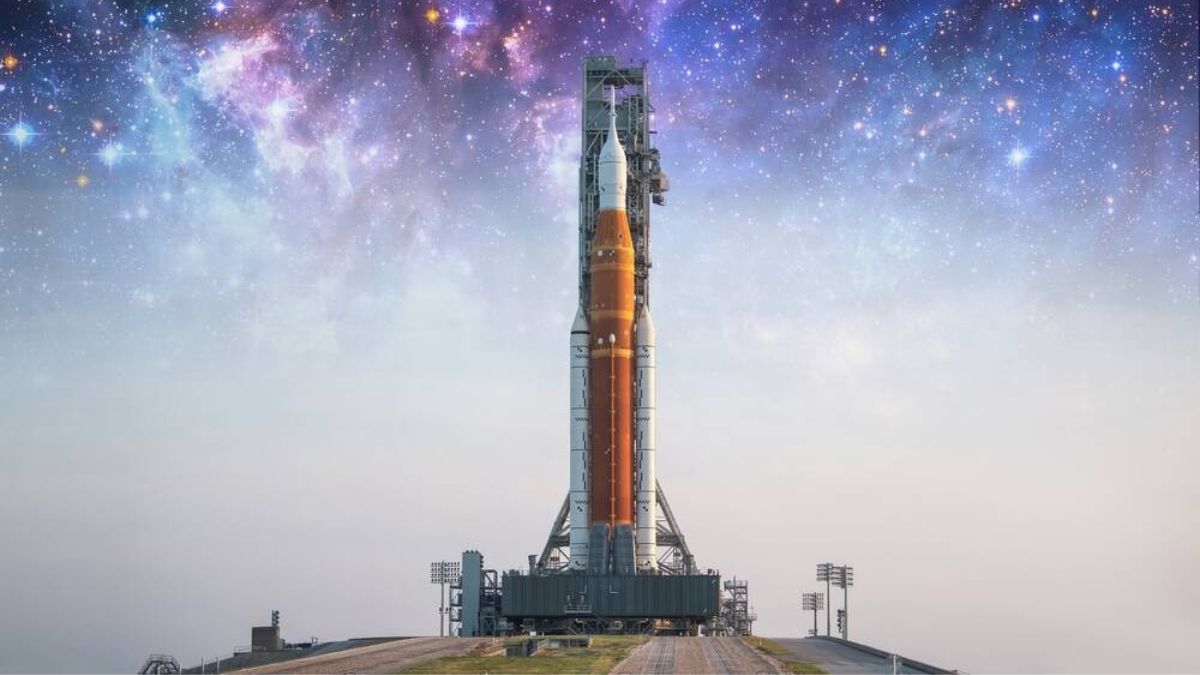
Image credit : Hackster.io ...
news-extra-space

An incredible aerial photo of the SLS rocket on the launchpad in preparation for its first flight next week was shared by Airbus Space, which contributed to the construction of the Orion spacecraft. Although the rocket appears small in the photograph, its entire height of 98 meters becomes immediately apparent when you stand at its base. And with 8.8 million pounds of thrust at launch—13% more than the Space Shuttle and 15% more than the Saturn V rocket that propelled the Apollo missions—the liftoff promises to be an incredible sight, drawing thousands of spectators to Florida's Space Coast and many more online. [caption id="attachment_60062" align="aligncenter" width="750"]Guess who's back... back again! ?#PléiadesNeo ? spotted @NASA_SLS ? back on the launch pad! With @NASA_Orion onboard, last preparations are ongoing before launch on 14th November. ?#OrionESM #Artemis pic.twitter.com/SSgcg6hKe9
— Airbus Space (@AirbusSpace) November 7, 2022
 pace Launch System (SLS) Image: Reuters[/caption]
The SLS rocket traveled four miles to the launchpad on Friday after spending the whole month of October inside the nearby Vehicle Assembly Building (VAB). It had previously been on the launchpad for a number of launches that were aborted due to technical difficulties. The arrival of Hurricane Ian at the end of September served as the impetus for the decision to relocate the SLS to the VAB. NASA experts were able to concentrate on resolving the prior problems and getting the rocket ready for flight the following week while inside the VAB.
When the project ultimately launches, it will inaugurate a new era of space exploration that may eventually see the establishment of a permanent lunar base for human habitation, as well as the first crewed missions to Mars.
pace Launch System (SLS) Image: Reuters[/caption]
The SLS rocket traveled four miles to the launchpad on Friday after spending the whole month of October inside the nearby Vehicle Assembly Building (VAB). It had previously been on the launchpad for a number of launches that were aborted due to technical difficulties. The arrival of Hurricane Ian at the end of September served as the impetus for the decision to relocate the SLS to the VAB. NASA experts were able to concentrate on resolving the prior problems and getting the rocket ready for flight the following week while inside the VAB.
When the project ultimately launches, it will inaugurate a new era of space exploration that may eventually see the establishment of a permanent lunar base for human habitation, as well as the first crewed missions to Mars.
Leave a Reply






